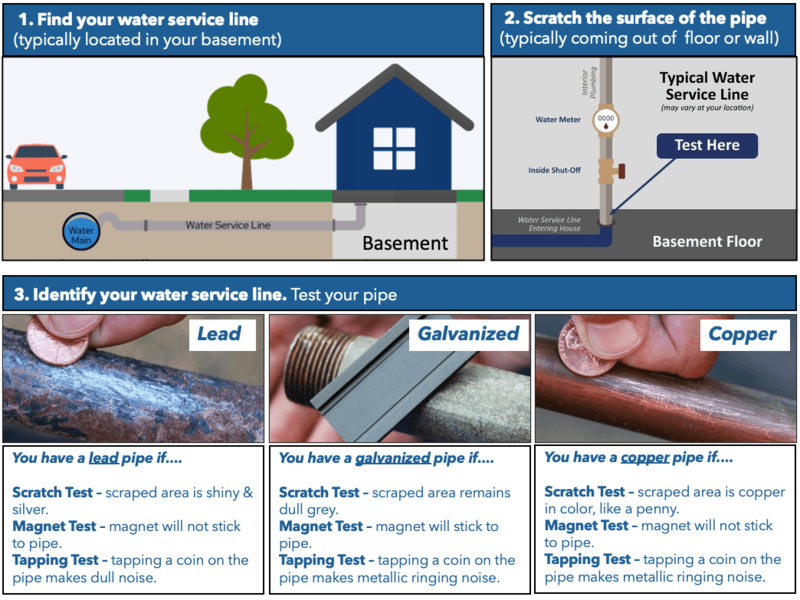
The Michigan Department of Health and Human Services (MDHHS) recommends that all Michigan households use a certified lead reducing drinking water filter if their has, or if they are uncertain if it has, one of the following:
Use a filter until you are able to remove sources of household lead plumbing. This would include replacing faucets purchased before 2014, having a lead inspection, and replace any needed plumbing.
Filter Safety Net Communities are communities that meet the following conditions:
To be eligible for Filter Safety Net, the household must:
1. Be located within one of the designated Filter Safety Net Cities listed below.
2. Have or be unsure if they have one of the below:
3. Include a Medicaid-enrolled child or children under 19 or Medicaid-enrolled pregnant persons.
MDHHS also recommends making baby formula or cooking with filtered water.
What to know when choosing a filter:
How Lead Gets into Drinking Water?
How can I protect myself from lead in water?
How to Identify Your Water Service Line Material

How could lead impact my health?
Low-income households may seek support for faucet replacement or other lead abatement work from:
Lead exposure can come from many sources including paint in homes built before 1978, dust, soil, drinking water from older plumbing, jobs or hobbies that involve lead, and some imported goods.
If you have questions regarding your health, contact your healthcare provider or Your Local Health Department office and press Option 9.
Blood Lead Level Testing
All children who are at risk for lead exposure should be tested for lead poisoning. Some children are more likely to be exposed to lead than others. These include children who:
Children enrolled in Medicaid are required to get tested for lead at ages 12 and 24 months, or age 24–72 months if they have no record of ever being tested.
Pregnant women should also be tested if they are concerned about lead exposure.
Additional information about lead is located here.